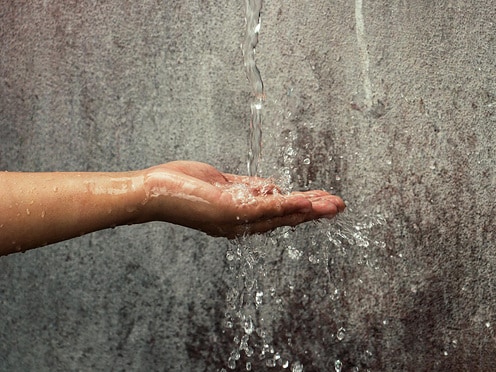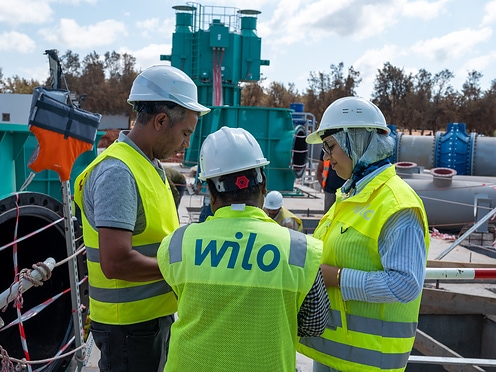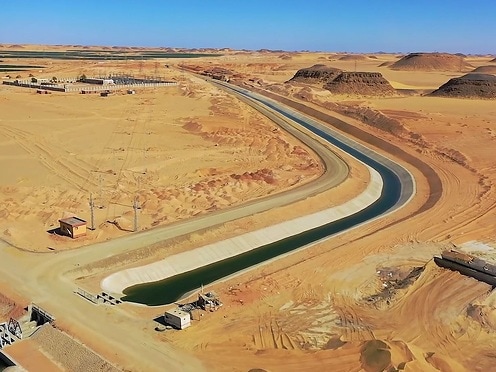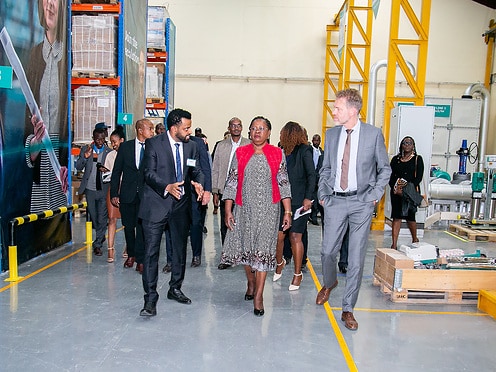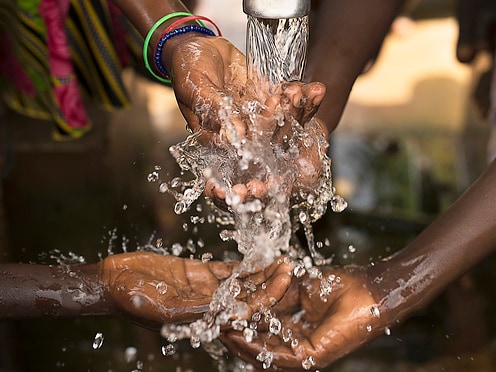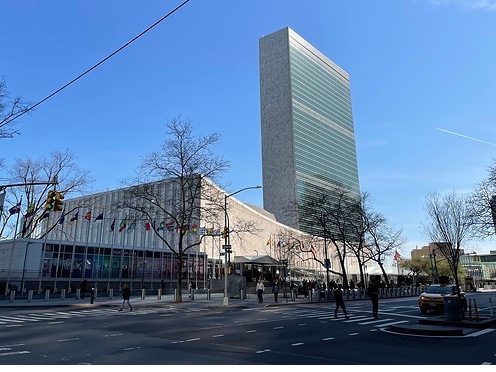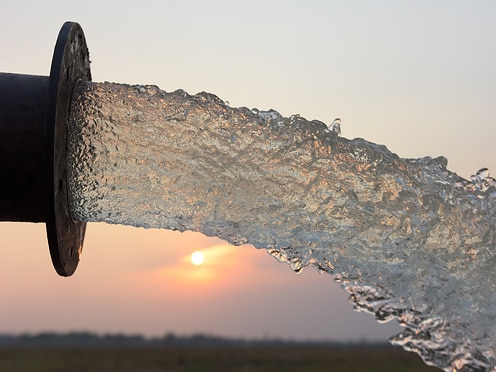Super Bowl = Super Flush?
Major Sporting Events and Water Usage
This article features:
The urban myth of the "Super Flush" or “Big Flush” during major sporting events like the Super Bowl has sparked discussions on water usage and sustainability. While the actual impact of this phenomenon may be debated, it sheds light on broader concerns surrounding water waste and inefficiency. We look at the Megatrend of Water Shortage, both locally and globally. Learn more about the interconnected challenges faced by communities worldwide. From the impact of flushing toilets on water consumption in the USA to global supply shortages, we focus on water scarcity and sustainable water management practices.

From "Super Flush" to everyday water consumption
As a particularly resource-hungry country, the United States can serve as a microcosm for larger challenges around the world. The so-called "Super Flush" or "Big Flush" during global sporting events like the Super Bowl may be more myth than reality, but it serves as a reminder of the significant impact our collective actions have on water resources. Each year, it shines a light on the wider problems of water wastage and inefficiencies.
According to various estimates, around 90 million people in the USA alone use the toilet at the same time during halftime of the Super Bowl - the "Super Flush". In doing so, they flush around 1.4 billion litres of water into the sewage system. The rumour that they are overtaxing the capacity of local waterworks is persistent but is nothing more than an urban legend. Nevertheless, the water consumption of an average household in the United States is considerably high at around 1,100 litres per day. With toilets accounting for around 24 per cent of this consumption. On average, around 6 to 9 litres of water are used every time a standard toilet is flushed. It is obvious that to be more responsible with our resources, we need more efficient water management practices. Therefore, combating water scarcity and promoting sustainability is an important task not only around major events, but also in everyday life.
Global Water Scarcity and its Challenges
Globally, the struggle for water is a daily reality for hundreds of millions of people who lack access to clean water for drinking, sanitation, and hygiene. In so-called developing countries, this issue is exacerbated by factors such as drought, conflict, and environmental degradation, making the availability of clean water a constant challenge. According to the United Nations, approximately 785 million people lack access to safe drinking water. A number that continues to increase every day.
The impact of water shortage goes beyond basic needs, affecting agriculture, industry, and overall economic development in many regions around the world. This underscores the critical need for sustainable water management practices and innovative solutions to ensure access to clean water for all.
Sustainable Water Treatment and Resource Management
Water cycle management and water treatment are important components of a sustainability concept. Modern wastewater pumps play a crucial role in the efficient use of wastewater, ensuring that water is safely treated and returned to the environment. Effective water treatment contributes to public health, minimizes pollution, and conserves natural resources. By recycling and reusing water, finite freshwater sources can be preserved, helping to address the impacts of water scarcity and global water crises. The development of water usage, cycle management, and treatment practices helps pave the way towards a more sustainable future.
Addressing Water Scarcity with Smart Pump Technology
Intelligent pump technology can help tackle the closely linked challenges in water availability and supply. Advanced pumping solutions use the latest technologies, maximise efficiency and minimise water consumption. As a result, they offer sustainable solutions to water scarcity and inefficiency, both locally and globally. Partnerships and initiatives help to deploy these smart pumping solutions where they are needed most, supporting efforts to build a resilient water infrastructure that contributes to a more sustainable future for all.

